News
The Hugely Varied World of Blockchain and NFT Games
ChainPlay
•
2 hours ago
Share :
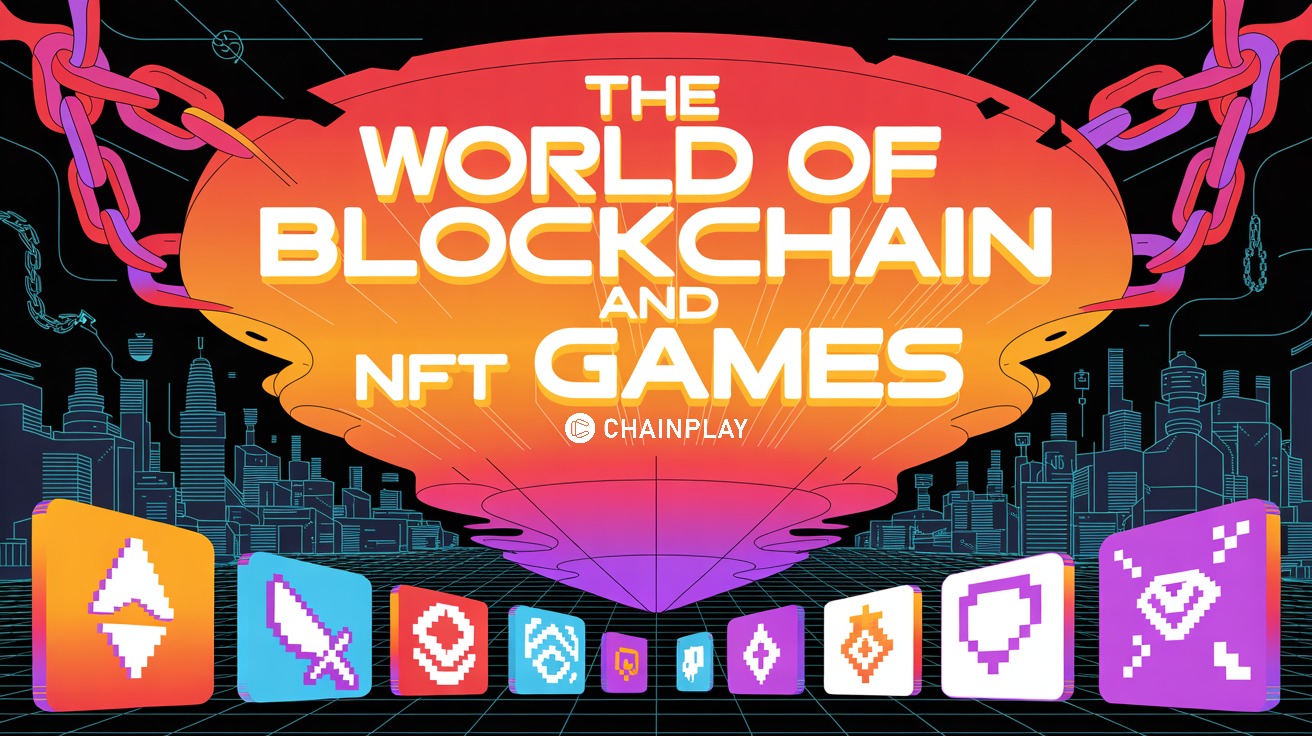
Blockchain gaming has gone from a bit of an experiment to a full-fledged part of the gaming landscape in just a few short years. The mix of ownership and in-game economies has caught the attention of players from all over the world.
Add NFTs into the mix, and you’ve got titles where the sword a player wields or the farm they cultivate can actually be theirs in a verifiable sense. It’s a broad and varied scene. When crypto and blockchain technology were released, some industries were quicker than others to embrace this shift. Gaming usually moves quickly.
The First Big Adopter – Gambling and Casino Games
It took a while for RPGs and competitive battle arenas to start experimenting with blockchain. The gambling world had already dived in headfirst.
Online casinos saw cryptocurrency as a natural fit. It allowed players to make fast transactions and introduced the concept of provably fair technology. This was where the blockchain wasn’t just handling payments…it was also verifying the integrity of each game round.
Some modern casinos have integrated crypto and blockchain as part of their architecture. Web3.0-ready brands are launching in the space. PeerGame casino brings the same level of choice (or even more) than a lot of other casinos. Its main difference from traditional casinos is the Web3.0 architecture. Blockchain is driving its decentralization.
Crypto casinos began building entire ecosystems around digital coins when blockchain and crypto started to become more commonplace. Slot games were among the first to adapt, quickly followed by table games.
Blockchain and cryptocurrency’s transparent nature make it a good choice for people. It is also driving borderless transactions. People don’t need to get their money changed into a different currency or rely on exchange rates. Crypto works across countries. The convenience and security for players are among the reasons why companies like PeerGame are embracing the new era.
The Rise of Blockchain-Driven RPGs
AI Image
Role-playing games have arguably taken a hugely creative approach to blockchain mechanics. Instead of just using cryptocurrency for transactions, RPGs often build entire worlds around digital ownership.
One standout example is Pixels. It is a blockchain-based MMO that combines elements of farming sims with the depth of old-school online role-playing. Players can bring NFTs they already own into the game as avatars and make the character you control part of your personal collection. The world of Pixels is inspired by games like Stardew Valley and Runescape. It has an added twist as every plot of farmland and even your progress is tied to the blockchain.
There are only 5,000 plots of land in the Pixels genesis NFT collection, meaning each one is a unique and tradeable asset. Players can farm resources and sell them, with ownership and transactions recorded permanently. This all changes how players value in-game assets, because they truly own them.
The team behind Pixels develops everything in-house. It gives them the flexibility to add new mechanics without relying on outside influence. It’s a world where your farm isn’t just a save file. It’s part of the game’s infrastructure.
Competitive Play Meets Blockchain – Sparkball
Not every blockchain game is about farming or fantasy quests. Some push into the competitive multiplayer space and blend action with digital ownership. Sparkball is a good example – a 4v4 top-down action NFT game that feels like a cross between a brawler and a sports title.
Teams battle to score goals while fighting directly against opponents. Every hero has unique abilities. The absence of traditional MOBA lanes means the focus is entirely on player interaction. Players pass and protect the ball, all while managing fatigue. Drop the ball from exhaustion, and the other team gets their chance to strike.
Blockchain plays a behind-the-scenes role here. It allows for unique hero ownership and potentially even the trade of cosmetic items or special abilities. Power-ups and match augments add variety. No two games feel quite the same.
What’s Driving the Variety?
One of the reasons blockchain and NFT games are so varied is that the technology itself isn’t tied to a specific genre. Developers can integrate it into nearly any style of gameplay. People might incorporate it in a slow-paced farming sim or a fast action game. The common thread is the concept of ownership and decentralization.
This flexibility has led to an experimental phase where studios of all sizes are testing what works. Some titles focus heavily on player-driven economies, where crafting and trading are as important as combat. Others use blockchain more subtly, keeping the gameplay traditional but letting players trade or collect items in ways that feel different from typical in-game stores.
The blockchain gaming world is still young compared to traditional gaming, but the variety already on display is impressive. It is likely that the options will continue to grow and expand.
Share this article
#Other
Latest News

The Hugely Varied World of Blockchain and NFT Games
2 hours ago
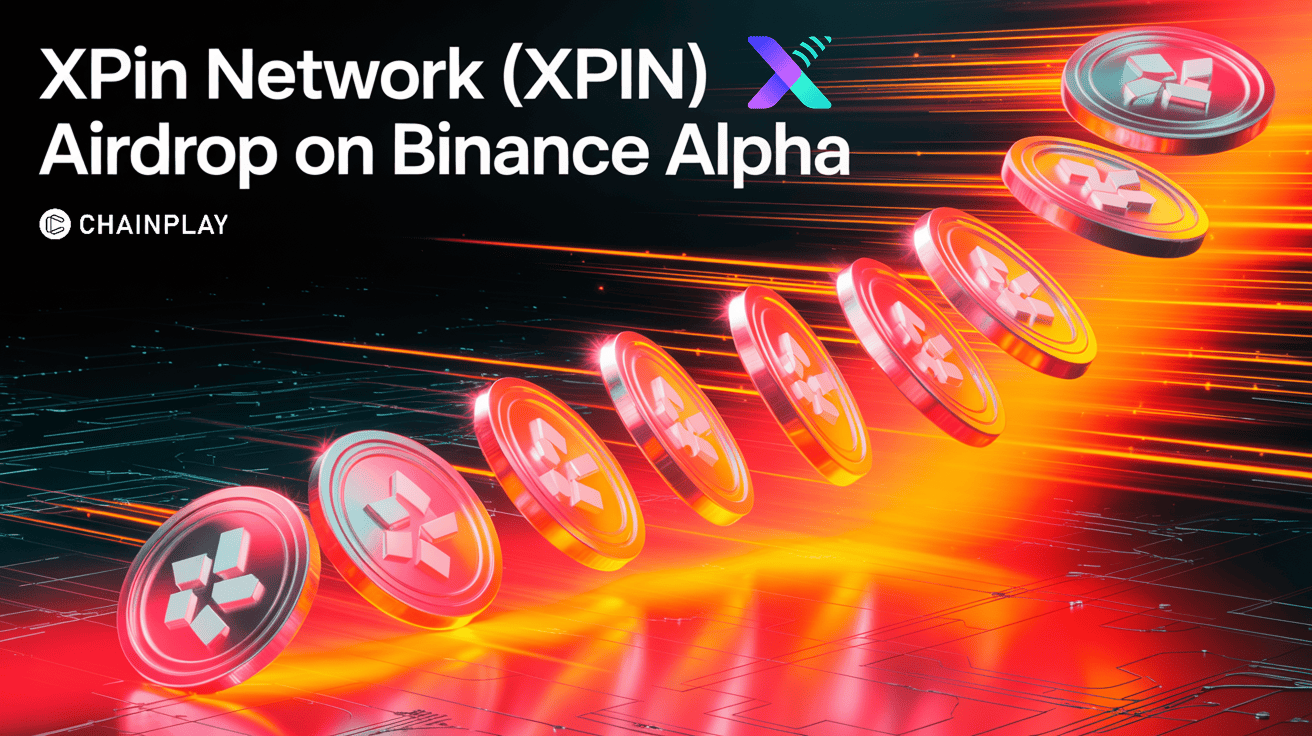
XPIN Network (XPIN) Airdrop Launches on Binance Alpha
9 hours ago
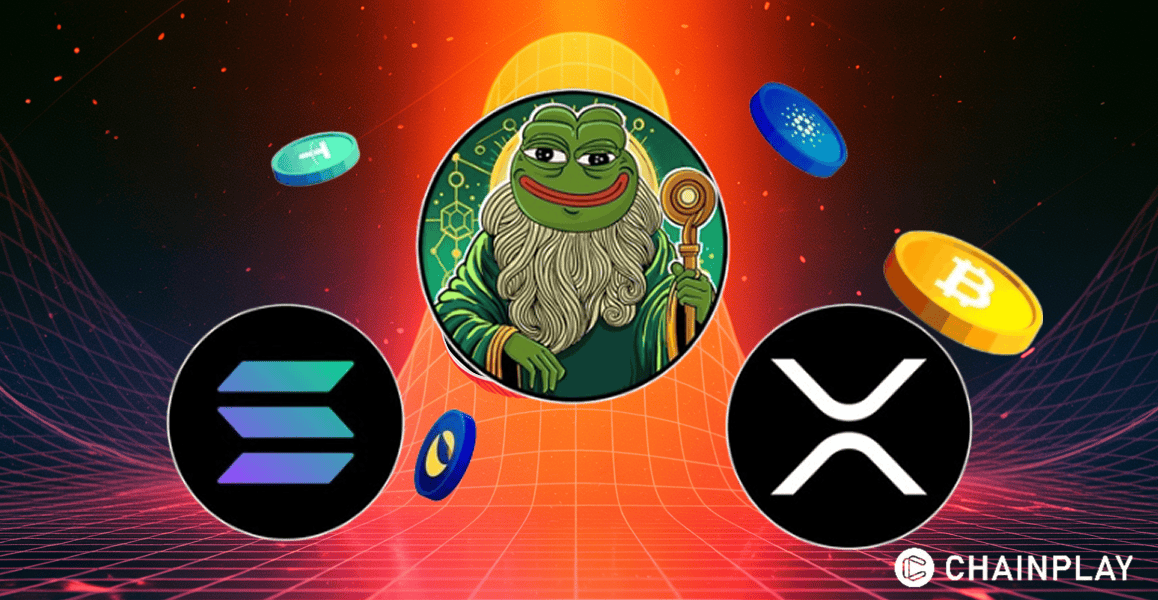
XRP Price Prediction vs Pepeto: Best Crypto to Buy
14 hours ago
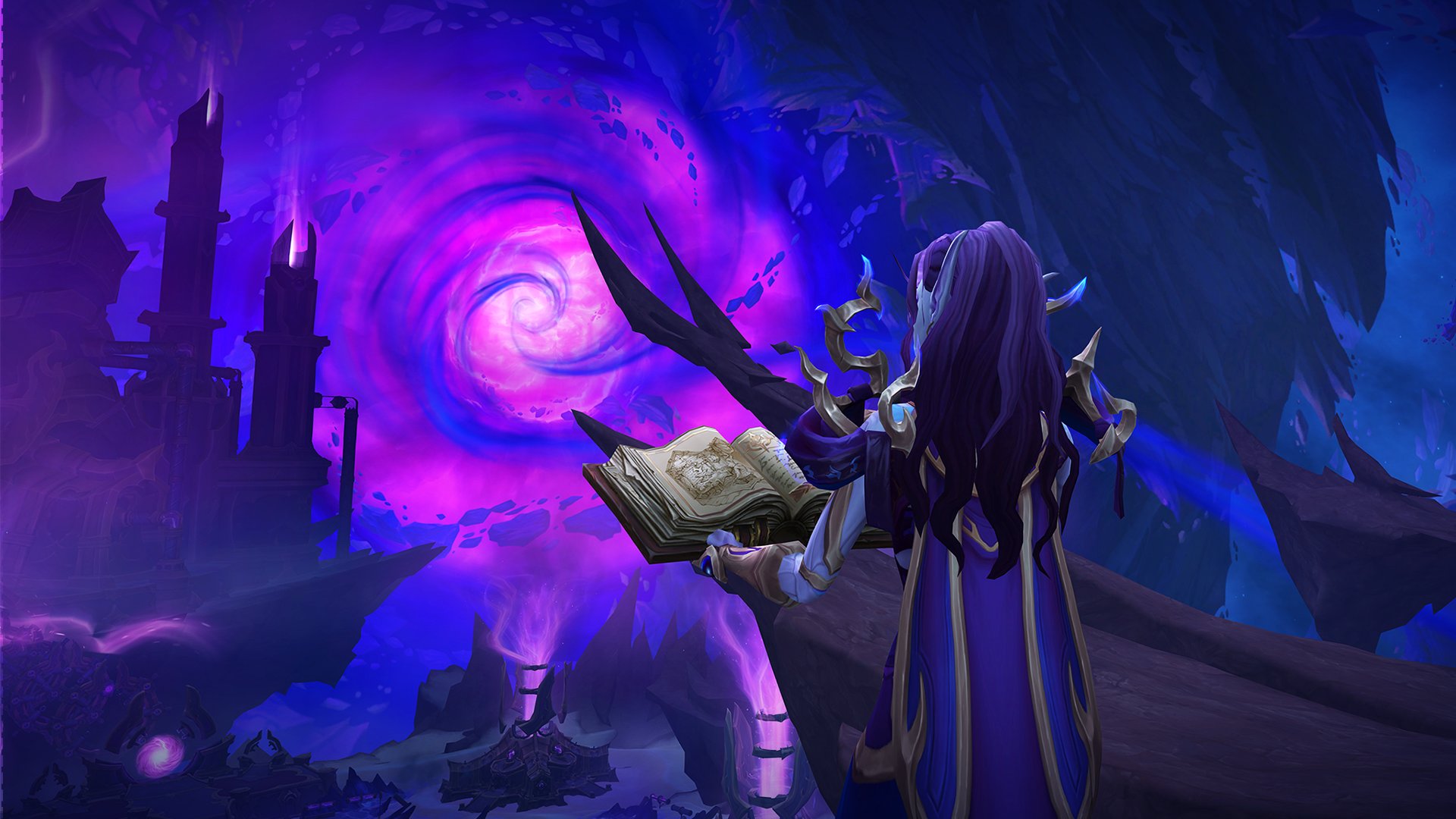
Midnight Expansion Adds Player Housing and Epic Story
6 hours ago
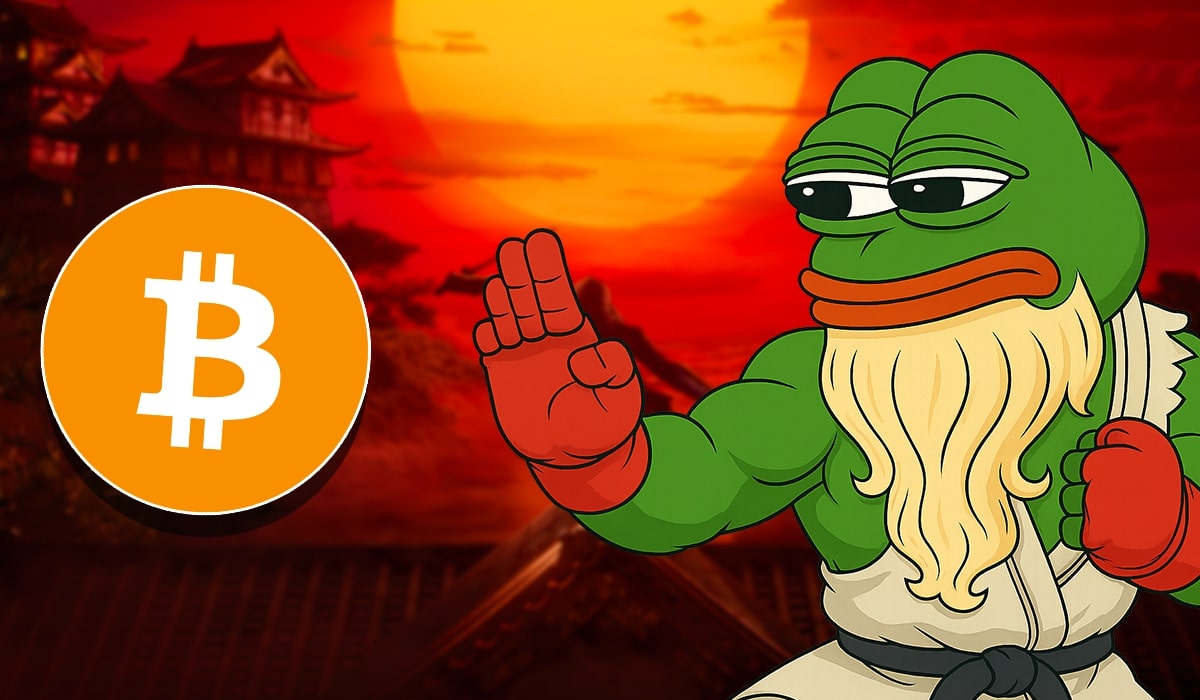
PEPETO (PEPETO) PRICE PREDICTION: BEST MEMECOIN TO
16 hours ago
Related articles

Blizzard reveals World of Warcraft: Midnight at Gamescom 2025, featuring epic storytelling and long-awaited player housing.
ChainPlay
•
6 hours ago

XRP, Solana, and Pepeto are all preparing for the next big bull run, and each has its own strengths.
ChainPlay
•
14 hours ago

Binance Alpha will feature XPIN Network (XPIN) on August 22, 2025. Eligible users can claim their XPIN airdrop with Alpha Points when trading begins.
ChainPlay
•
9 hours ago



